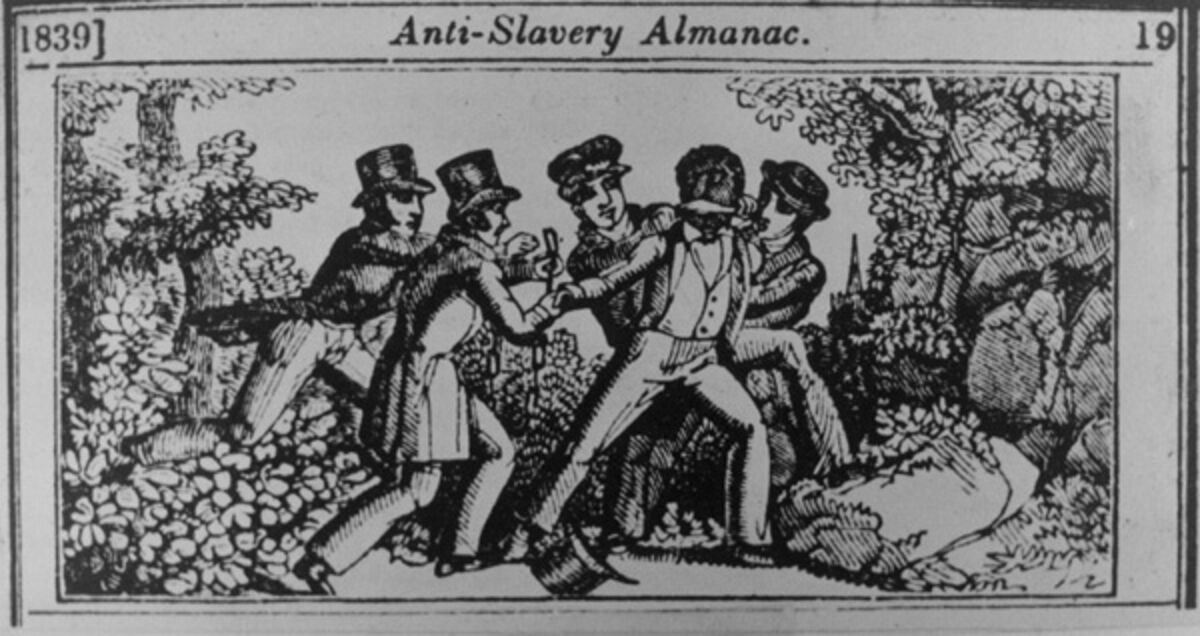I would say that the majority of human beings would say that torture is a very wrongful act. There's a reason why the torturing of prisoners of war was made illegal by the Geneva Convention. Inflicting pain upon another human being when they cannot fight back is not only wrong, but cowardly. Unfortunately, the slave named Gordon, as well as many other Africans at the time, was brutally injured while working for his master. This popular photograph, appropriately named "The Scourged Back", helped not only the Americans back then, but also Americans nowadays understand the environment that slaves lived in during the early development of the United States.

While there are other images of the brutalities enacted upon other slaves, this one in particular is very striking. Besides his back, another key feature of this photo is his face. It shows no signs of anger or sadness or any emotion at all. Gordon's stoic expression illustrates a notion of acceptance; like he knows what happened to him and he knows that he is ultimately powerless to stop it. The fact that this is a photo also helps lend to the emotional reality created by the image. Photos allow a viewer to be caught in the moment. While a well-crafted painting or sculpture is just as effective at transmitting emotions and messages, photos have developed more of an appreciation as went on. In the modern world, we rely on photos rather than hand-made images to increase our knowledge and awareness of the world around us. It would be hard to imagine a whole news story about a police chase when every image shown is a painting.


Hand-drawn images, like the one on the left above, can often be exaggerated, though not all the time. They do convey an empathetic viewpoint, but it's not as strong as seeing a real image of a real human being with real actions and emotions. For example, if you could imagine seeing an image of one of your loved ones that has been killed in a car accident, you would probably feel more emotional over a photo rather than a hand-made sketch. Also, there were other photos taken back then, such as the image on the right above, but they fail to capture the rawness of the treatment of slaves. Taking photos of tortured slaves was not a popular activity, especially considering that the owners of the antique cameras were white Americans at the time. "The Scourged Back" was used as a propaganda tool to gain support for the abolitionist movement. If the photo on the above right was used instead, it most likely would not have been as effective as Gordon's picture was. Gordon's photo showed Americans just how miserable the lives of slaves were and that change needed to be done.



Justice, I really enjoyed reading your post about the famous photo "The Scourged Back" as well as your opinions of the atrocities slaves faced during a time where slavery was a common practice in the United States. Although I didn’t enjoy the topic of slavery itself, I was pleased to hear your similar viewpoints as well as your insightful thoughts regarding this subject. I never even thought of the unbothered and uncaring expression on Gordon’s face in the photograph, which is just as equally as heartbreaking as the horrific scars on his back. I guess I was just too distracted by the shocking display of abuse to notice anything else, which is exactly what the photographers and publishers of this image were trying to do.
ReplyDelete